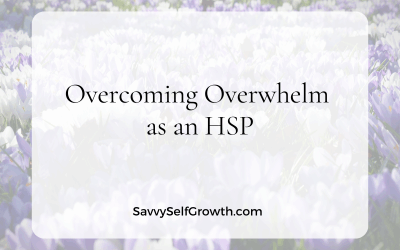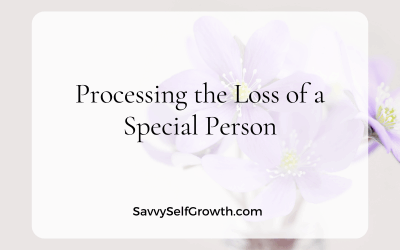 “EFT does not work. I still have my issue!”
“EFT does not work. I still have my issue!”
This is a cry I’ve heard from many people (including clients) who try EFT for a complex issue.
Here’s an example.
Susan has had panic attacks for a few years.
Then she discovers EFT and tries it herself. She realises she doesn’t quite know how to use it well and goes to a practitioner. After an hour session, she feels hopeful that it might work… she’s feeling so much better. And bam – a week later, Susan has another panic attack.
The first thought in her mind is “Yes, – you see! I knew it was too good to be true. EFT doesn’t work! I still have panic attacks!”
Let’s take this apart, bit by bit.
First, I understand that this happens and have much empathy. I have been guilty of this myself, many times! It seems logical, doesn’t it? We either have an issue or we don’t.
Thank goodness for my continuous thirst for learning. Through an ‘Art of Delivery’ EFT course, I learned from a mentor (thank you Gene Monterastelli!) about a much more useful way to measure progress when we work with complex issues.
Shades of grey
You see, ‘having it’ or ‘not having it’ is a very black and white way to measure progress. And that’s usually not the way life works. There are many shades of grey between black and white.
In a simple model, like in computer language, there are only 2 settings. It’s either a one or a zero – it’s on or off, one or the other. It cannot be anything in between.
But in human brains and lives, things don’t work that way.
What about varying degrees of intensity? Maybe Susan’s panic attack after the EFT session wasn’t quite as intense as always? Perhaps she used to have a panic attack every day at 11 am (for unknown reasons) and now, she had only the entire week…. And whereas before it lasted for 15 solid minutes, this time it was only 7 minutes (which I know, still feels like an eternity!)
The 3 ways to measure
Here’s how to measure our issues with more kindness and wisdom. Use the acronym DIF to remember it for your own issues.
Duration: How long does an episode last?
Was it always 15 minutes and now it’s come down to 10 minutes? That is progress! If it’s another type of issue – how long does it keep their mind busy afterward? How long are they unable to focus on their lives again? How long do they ruminate or berate themselves? How long does it upset the apple cart of their daily life?
Intensity: How intense or distressing is an episode?
Use a simple subjective scale of 0-10. Was it always a 10 and now it’s come down to a 7? For instance: How fast is their heartbeat? How shallow or fast does the breathing get? How out of control does the person feel? How ashamed did they feel prior to and after a tapping session?
Frequency: How often does it occur?
Was it regularly, once a week, once a month, once a day, once an hour? Whatever the issue is – we know more or less how often we battle with this.
Not every issue will have all 3 dimensions, and that is okay. Use those that are applicable and start measuring progress as soon as possible.
Any change in any of these dimensions is a sign of progress and a reason to celebrate. Also – if intensity, frequency, or duration increases, that is information that we can then use to discover more about our issue and what triggers it.
When did the change occur? What happened just before then? What did that remind you of?
And so, in this process of change, we can explore, discover, and make progress without the awful pressure of having it gone in one hour.
Analogy
Imagine being out of shape and unfit. Imagine going to the gym for an hour.
Would you say the very next day that going to gym doesn’t work because you woke up still out of shape and unfit, and possibly a bit sore from the previous day’s exercise?
We both know that’s a bit silly, and we wouldn’t be this unrealistic.
We’d use measures like weighing ourselves every week, feeling whether the clothes are looser around the middle, and how out of breath we’d get on an uphill walk or climbing the stairs.
Wisdom and kindness instead
So let’s not add pressure like “this complex issue that I’ve battled with for 10 years must be gone in a session or two, or it means EFT doesn’t work”.
Let’s take the pressure off ourselves as clients and our practitioners who are doing their absolute best to support us to be free of our issues. Some issues are much more complex than others, they might have many legs and roots. Usually a client goes to a practitioner when something has been around for a long, long time and they simply can’t bear living with it anymore.
Let’s use realistic and kind measures to look at our progress and celebrate those incremental steps with huge joy!
Questions
Do you have questions about how to use EFT? It could become the next article and help you and others too! Contact me here to ask, or enquire about working with me.




